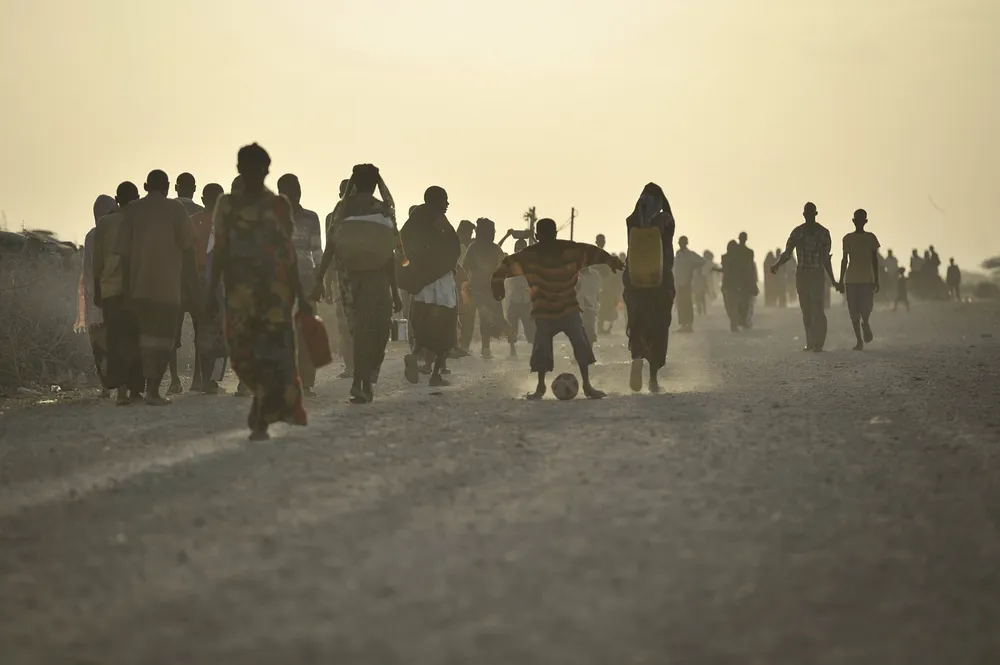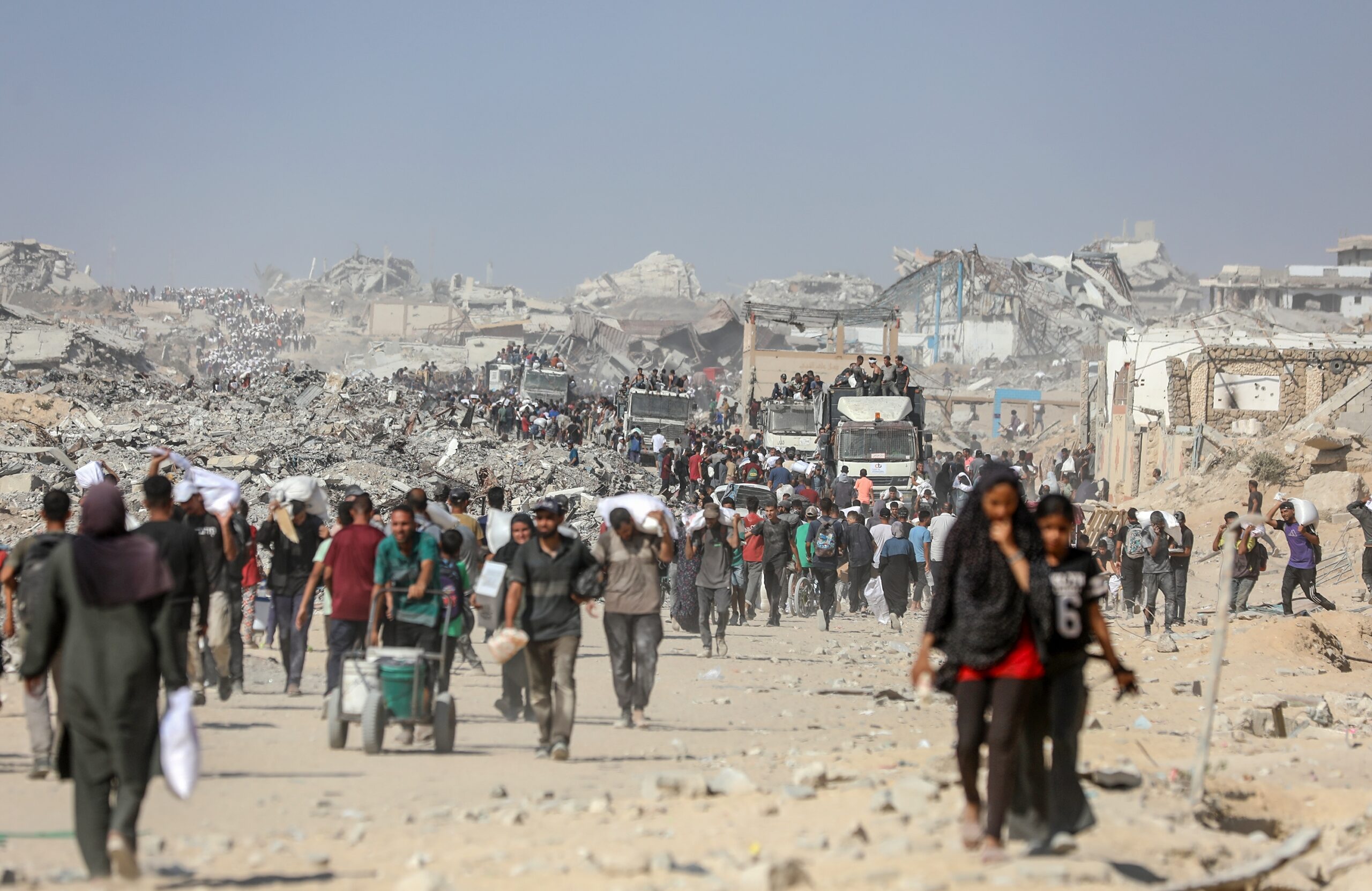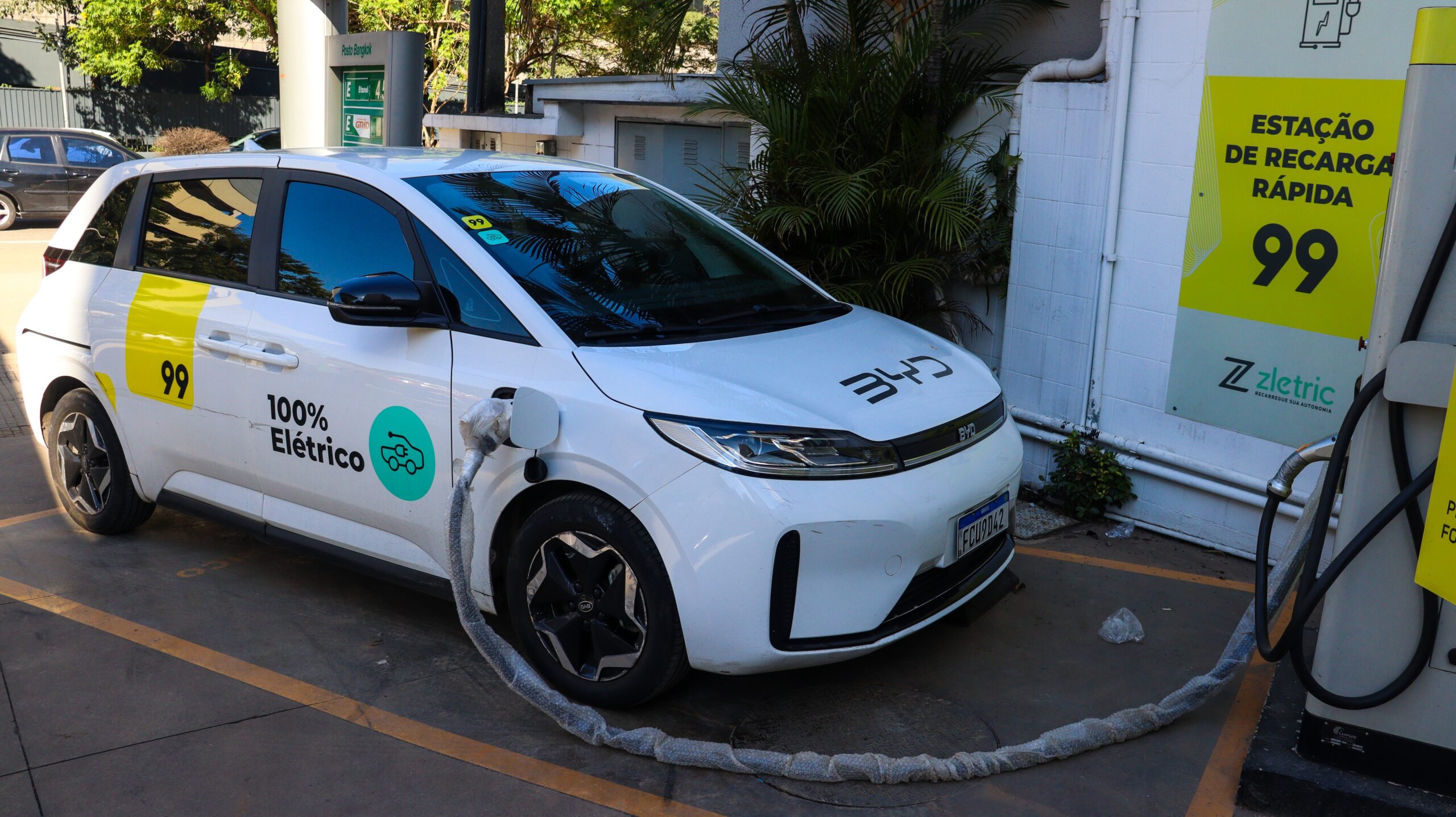The Sudanese conflict keeps burning, and the cost is rising. Tens of thousands have died, millions have been displaced, and entire cities are destroyed. There have been increasing attacks on civilians over the last several weeks, including documented use of chemical weapons. Food is scarce. Roadblocks and deliberate obstructions keep people hungry while aid trucks sit idle.
In September, the conflict entered the world’s biggest stage: the 2025 United Nations General Assembly (UNGA) in New York. Sudan was on the front page of the world for the first time in months. As UN Secretary-General António Guterres pointed out, “We have entered an age of reckless disruption and relentless human suffering… In Sudan, civilians are being slaughtered, starved, and silenced. Women and girls face unspeakable violence.”
But UNGA was not only to sound an alarm over Sudan’s status. Its discussions also shed light over the intricate foreign and domestic interests map and provided a course of action to reduce violence and try to find a solution to the civil war.
At the center of this drive is the so-called “Quad roadmap“, supported by Saudi Arabia, Egypt, the United Arab Emirates, and the United States. In principle, it is uncomplicated. In a joint statement, they called for: a three-month temporary humanitarian ceasefire, talks for a durable ceasefire, and then transition for nine months to civilian rule. It even cautions against Islamist forces hijacking Sudan’s political destiny.
To Sudanese politicians, the strategy seems both reassuring and problematic though. Many welcome its emphasis on civilians and national unity. But they also mention an underlying flaw in the Quad roadmap that there are no enforcing measures. Sudan’s armed groups are disorganised, controlled by local commanders and Islamist militias who generally pursue personal agendas that obstruct a return to civilian governance. A ceasefire in New York or Riyadh may work but on the streets of Khartoum or Darfur, it may not stop the shooting.
Iran is now in the mix of interests at play in Sudan. With Sudan re-engaging with Tehran in 2023, the Sudanese Armed Forces (SAF) have been supplied with advanced Iranian arms, including drones such as the Mohajer-6 and Ababil. These have been crucial to key battles, including those for Khartoum and Omdurman. According to analyst Abdal Monim Himmat, “Iran sees it as a stepping stone towards gaining long-term strategic advantage, in terms of penetration in Africa and greater regional influence.”
Iranian intervention does not start at the Sudanese border though. It is more directly linked to Tehran’s support of the Houthi rebels in Yemen. The Red Sea, which is an important international shipping route, has in fact become a strategy corridor and smuggling route. The Red Sea is also increasingly militarised to protect commercial shipping from Iran-supported Yemeni Houthi fast boat, drone and rocket attacks. To the Iranians, Sudan is a bridgehead into Africa; to the Houthis it is also an opportunity to acquire control over smuggling channels to accrue resources for its control of much of Yemen and extend its influence into the other side of the strait and the rest of Horn of Africa.
Iran’s strategic intent in Sudan makes it harder to achieve peace. Even if the Quad roadmap commences a reduction in tensions and even if the two armies in Sudan reduce or cease fighting, new external actors like Iran and the Houthis still see Sudan as a game of self-interested power projection upsetting stabilisation.
That’s why the Quad roadmap is important, but why it is also generating so many doubts. It is among the first, serious, coordinated attempts to bring the combatants to the negotiating table and to rescue civilians from violence. But currently without sufficient guarantees and credible enforcement mechanisms for any step by step agreements, the Quad roadmap risks being another lost opportunity for Sudan and the international community.
Sudan therefore stands at a crossroad. The UNGA agenda, the Quad initiative, and Iranian Red Sea strategy all attest to vulnerability and the urgency of the situation on the ground, and the next few months of international effort may make a difference. If diplomacy succeeds, Sudan might begin to come out of violent mayhem once more. If it fails, guns will keep firing, civilians will keep dying, and peace again will slip away.
Matteo Boccia has worked at the European Commission and the Czech Centre for Security Analysis and Prevention, where he focused on geoeconomic and security issues in the Middle East and North Africa region. His research explored the geopolitical and geoeconomic dynamics between Middle Eastern regional actors and global powers. He travelled to Tunisia and Türkiye and specialised in China’s economic influence across the Red Sea and the Arabian Peninsula.
This article is published under Creative Commons License and may be republished with attribution.





